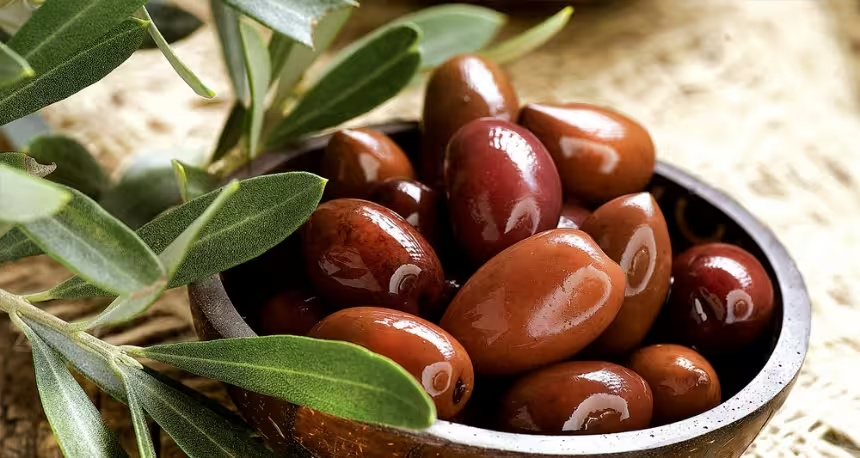
Kalamata vs Halkidiki Olives: What’s the Difference?
🫒 Introduction: A Tale of Two Greek Olives
Greek cuisine is world-famous for its olives, and two varieties often spark debate at the dinner table: the dark, fruity Kalamata olive, and the crisp, green Halkidiki olive. Both are proudly Greek, but they differ in flavor, texture, color, and usage.
In this guide, we’ll compare Kalamata vs green olives from Greece — helping you decide which one to buy, cook with, or serve.
🌍 1. Origin & Region
Kalamata olives are grown mainly in the Peloponnese, particularly around the city of Kalamata. They are PDO-protected, meaning only olives grown in that region can officially carry the name.
Halkidiki olives, on the other hand, come from the Halkidiki peninsula in northern Greece — a region known for its large, green table olives. They are widely cultivated and available both locally and internationally.
🎨 2. Color & Appearance
One of the easiest ways to tell the two apart is by color and shape.
- Kalamata olives are deep purple to black, almond-shaped, and have a smooth, glossy skin.
- Halkidiki olives are bright green, plump, and oval — often described as the “green giant” of the olive world.
The color difference isn’t just visual — it also affects the ripeness at harvest and the curing method, both of which impact taste.
🍷 3. Flavor & Texture
This is where the real difference lies.
- Kalamata olives are rich, fruity, and slightly tangy with a wine-like flavor. They are usually cured in red wine vinegar or brine, which enhances their deep taste.
- Halkidiki olives are milder and less complex. They have a firmer texture and a buttery, salty flavor, making them perfect for stuffing and snacking.
If you like bold and deep, go Kalamata. If you prefer clean, crisp, and mild — Halkidiki is your match.
🍽️ 4. Culinary Uses
| Dish Type | Best Olive | Why? |
|---|---|---|
| Greek Salad | Kalamata | Traditional and tangy |
| Appetizer Platters | Halkidiki | Mild flavor, easy to pair |
| Tapenade & Spreads | Kalamata | Rich, soft texture blends well |
| Stuffed Olives (with feta, garlic) | Halkidiki | Holds stuffing better |
| Pizza or Pasta Garnish | Both | Depends on flavor profile |
Both types can work well in Mediterranean dishes, but Kalamata olives bring more intensity, while Halkidiki olives add texture and visual appeal.
💚 5. Nutritional Comparison
Both olives are packed with health benefits, including:
- Healthy monounsaturated fats
- Antioxidants like oleuropein and hydroxytyrosol
- Gut-friendly fiber
- Low carbohydrates
There’s no clear “winner” in health value — though Kalamata olives may contain slightly more antioxidants due to their darker skin and wine-curing process.
📦 6. Storage & Buying Tips
When buying online or in-store:
- Look for PDO certification on Kalamata products
- Choose vacuum-packed or glass jars over cans for fresher taste
- For Halkidiki, seek hand-stuffed options with garlic, almonds, or lemon for variety
- Opt for organic versions for better farming practices and flavor purity
🛒 Want to Try Both?
You don’t have to choose — many olive lovers use Kalamata for dishes and Halkidiki for snacks.
🔗 Browse Authentic Kalamata Olives
🔗 Explore Halkidiki Olive Producers
🔗 Shop Greek Olives Online
📌 Conclusion: Which Olive Is Right for You?
- Choose Kalamata olives if you love strong, complex flavors and traditional Greek salads.
- Pick Halkidiki olives if you want something milder, snappy, and great for stuffing or charcuterie boards.
Whatever your preference, you can find both — fresh and authentic — right here on GreeceOlives.com.


